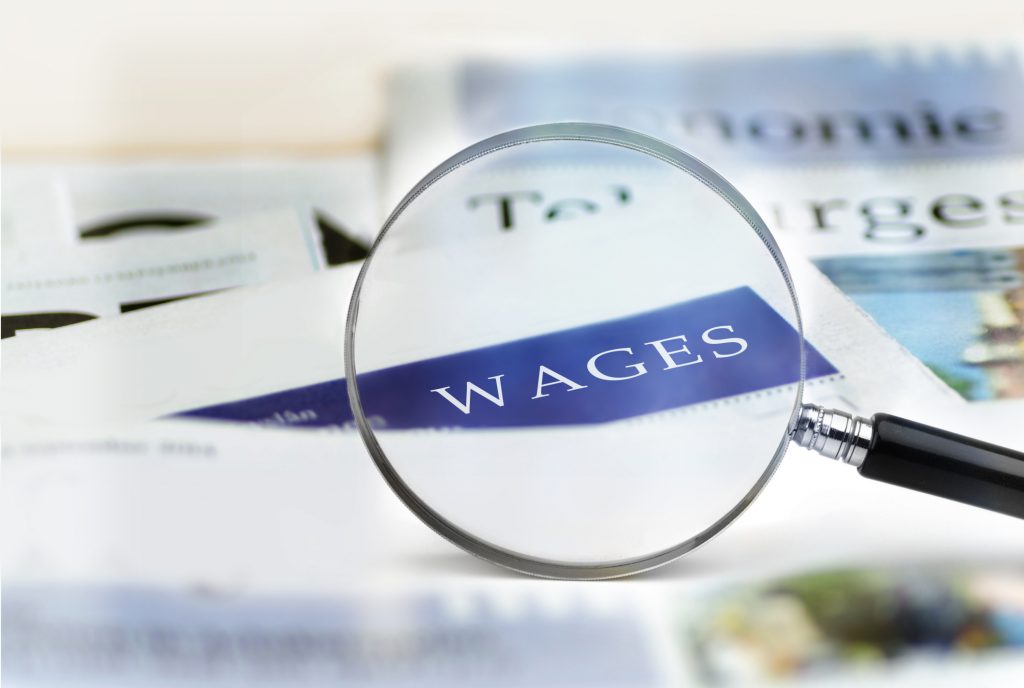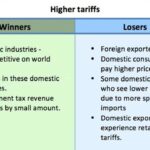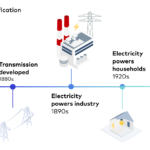
29 Apr 2016
Problem Solving Techniques: Brainswarming
- Posted by Dejan Pekic BCom DipFP CFP GAICD
In business life and family life we are always presented with challenges and problems to solve.
Brainswarming is a practical solution for generating 115 ideas in 15 minutes which saves you time and when it comes to business, money.
For more click HBR Video.

20 Apr 2016
Working Age Population: Demographics
- Posted by Dejan Pekic BCom DipFP CFP GAICD
Australia is forecast to continue to grow our working age population (individuals aged 15 to 64) all the way through to 2050 (Chart 1).
You can thank Australia’s immigration policy for that benefit.
China on the other hand has peaked and is predicted to see a declined in the number of working age people between 15 and 64 because the one child policy was not relaxed/abolished earlier (Chart 2).
The insight in the research is how old global population is becoming and the proportion of people over 65 to the working population.
For example by the year 2050 Italy and most probably Japan are forecast to have as many people over the age of 65 as there are working age people between 15 and 64 (Chart 3).
This has enormous implications for collecting tax revenue, paying government pensions and funding medical expenses. Bottom line is that it will become more and more difficult for individuals to qualify for welfare benefits.

15 Apr 2016
Friday Tidbit: Abolish State Governments
- Posted by Dejan Pekic BCom DipFP CFP GAICD
Does he have a point because it certainly makes a compelling argument?

13 Apr 2016
Taxing Wages
- Posted by Dejan Pekic BCom DipFP CFP GAICD
The OECD (Organisation for Economic Co-operation and Development) has released its latest report on the taxes on labour income for the average worker across its 34 member countries.
In short the average tax and social security burden on employment incomes is 35.9% with the highest tax wedge for a one income earner family with two children in France at 40.5% and Belgium at 40.4%.
Surprisingly New Zealand came in with the smallest tax wedge at 4.9% for a one income earner family with two children.
Australia was found to be in the bottom half of the table with the 6th lowest tax wedge among the OECD member countries for an average one income earner family with two children at 17.8% and the 8th lowest for single income earner at 28.4% (see attached).
Many of you would find these results surprising but then again they are reporting averages which never tell the whole story. For more details including an interactive results table click this link.

5 Apr 2016
China’s Economic Performance: A History
- Posted by Dejan Pekic BCom DipFP CFP GAICD
We agree with much of what the author has written in the attached article but to think that China is not going to have a misstep in the first half of this century which at best will lead to a recession or at worst a depression is wishful.
The fixed asset investment or overbuilding leading to unoccupied new buildings is not just in some provinces, it has reached epidemic proportions.
What is clear from analysts returning from China is that China has built ahead of demand, has amassed trillions of dollars of debt to these property developers and has an aging working population.
This all points to only one conclusion and that is a China slowdown resulting in a global recession or at worst a global depression but just like the United States and its US$19 trillion plus in National Debt, China is an economic power and can keep patching over the financial trouble for years to come.














